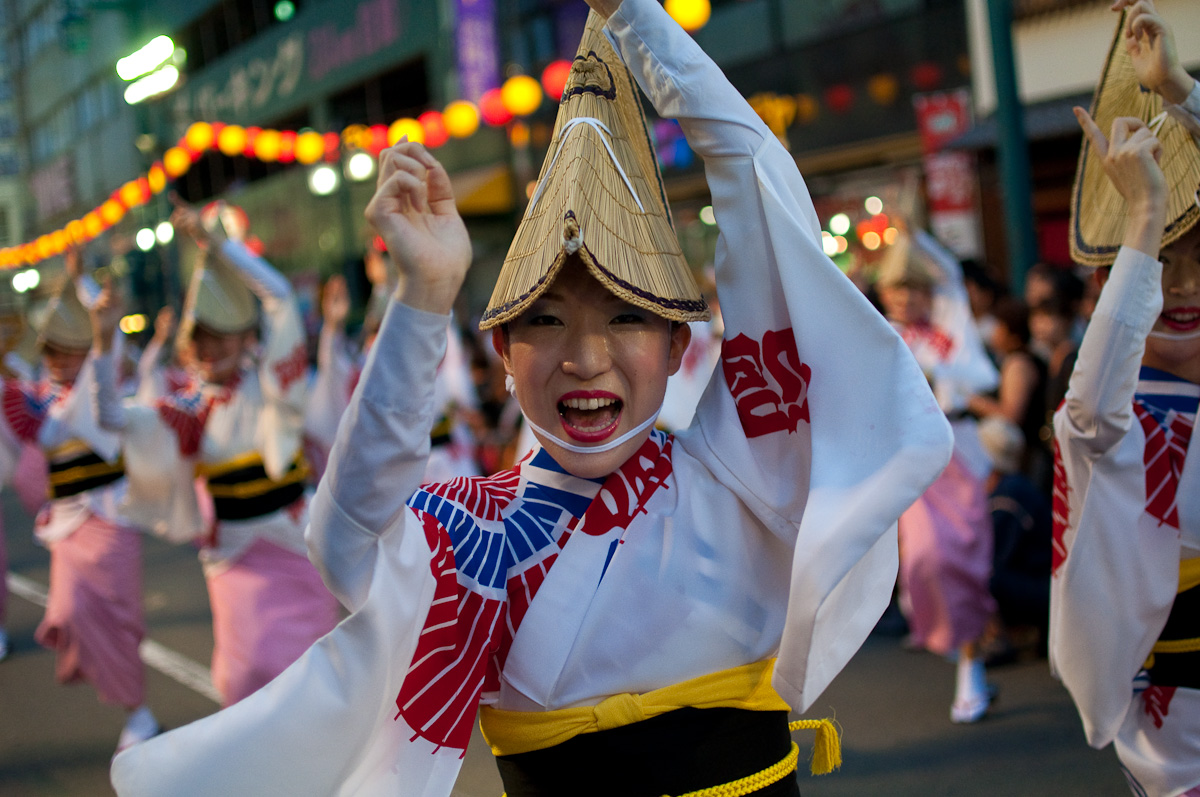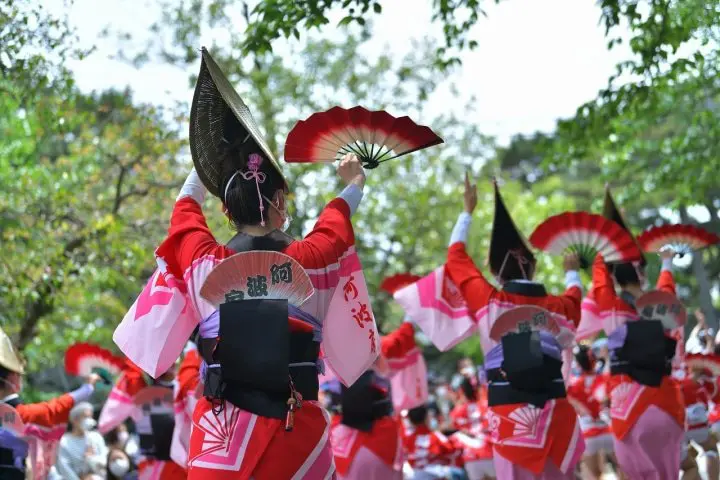(Yukata, Games, Food, and Tips for Visitors)
Summer in Japan is synonymous with vibrant festivals that light up towns and cities with lanterns, music, food, and fireworks. Known as matsuri, these lively gatherings blend centuries-old traditions with the joyful energy of modern Japan. Whether you’re drawn by the dancing crowds, the smell of yakisoba in the air, or the chance to wear a yukata, here’s what you can expect—and how to make the most of the experience.
The Festival Atmosphere
Japanese summer festivals are often held in July and August and coincide with traditional events like Obon, a time to honor ancestral spirits. They’re celebrated with fireworks displays, paper lanterns, and street processions filled with dance and music. It’s not just a cultural event—it’s a full-body experience of Japan’s festive spirit.
What to Wear
If you want to enjoy the summer festivals the way locals do, a quintessential part of it is the yukata—a lightweight, cotton kimono worn by both men and women. Yukata are designed for comfort in the heat, and their bright colors and seasonal patterns make them perfect for photos.
If you don’t own one, don’t worry. Yukata rentals are widely available in cities like Tokyo, Kyoto, and Osaka, especially near popular festival sites. Many rental shops include hair styling and dressing services, so even first-timers can join in. Just be sure to book in advance during peak season.
Not everyone wears a yukata to enjoy the summer festivals, but it does add a lot to the experience and makes for very aesthetic pictures!
Food to Try
A big draw of any summer festival is the endless row of food stalls (yatai) lining the streets. These offer an affordable way to sample Japanese street food favorites, including:
- Takoyaki (octopus-filled dough balls)
- Yakitori (grilled chicken skewers)
- Yakisoba (fried noodles)
- Kakigōri (shaved ice with flavored syrup)
- Taiyaki (fish-shaped cakes filled with red bean paste or custard)
- Corn on the cob, fried potatoes, and cotton candy
Food is meant to be eaten while strolling, though some festivals provide sitting areas. Bring cash, as many stalls don’t accept cards.
Games and Entertainment
Beyond the food, festivals feature classic Japanese games that are fun for all ages. These include:
- Kingyo-sukui – Try to scoop a goldfish using a delicate paper scoop.
- Yoyo tsuri – Fish for water balloons with paper strings.
- Ring toss, shooting galleries, lucky draws, and more.
Winners often take home prizes—small toys, snacks, or keepsakes.
Famous Summer Festivals in Japan
If you want to experience a major festival, here are some of the most celebrated:
- Gion Matsuri (Kyoto) – Held throughout July, it’s known for its grand float parades and evening street fairs.
- Tenjin Matsuri (Osaka) – Taking place in late July, this festival includes river processions, fireworks, and boat parades.
- Awa Odori (Tokushima) – Held August 12–15, featuring large groups of dancers parading through the streets with traditional music.
- Aomori Nebuta Matsuri (Aomori) – Early August, famous for its illuminated warrior floats and energetic drumming.
- Sendai Tanabata Festival (Sendai) – August 6–8, with colorful paper decorations and traditional star festival themes.
- Sumidagawa Fireworks Festival (Tokyo) (website in Japanese) – Late July, one of the oldest and most iconic fireworks events in Japan.
These festivals attract huge crowds, so plan accommodations and transportation well in advance.

Tips for Foreign Visitors
When to Go:
Evening is the best time to attend, when lanterns glow and the atmosphere becomes magical. Arrive by 5–6 p.m. to beat the biggest crowds and secure a good viewing spot for fireworks or parades.
What to Bring:
- Cash (especially coins and small bills)
- A hand towel or portable fan
- Sunscreen and water
- Comfortable sandals or walking shoes if not wearing geta
Transportation:
Public transport is the best way to access festivals in big cities, but stations may become packed. Try to leave a bit early or wait for the rush to die down afterward.
Joining the Fun:
Some festivals allow visitors to join in traditional dances or carry lanterns in parades. Don’t be shy—participating is part of the experience!
Alternative: Local Matsuri:
If you want to avoid crowds, consider visiting smaller neighborhood festivals. These offer a more intimate atmosphere, shorter lines, and a great chance to mingle with locals.
Final Thoughts
Whether you’re eating freshly grilled yakitori, dancing in the streets, or watching fireworks light up the summer sky, Japanese festivals are an unforgettable part of the season. For foreign visitors, they’re also a welcoming space to immerse yourself in Japanese tradition, cuisine, and community spirit.
With a yukata on your back and a skewer in your hand, you’ll quickly discover why Japanese summer festivals are so beloved—by locals and travelers alike!

